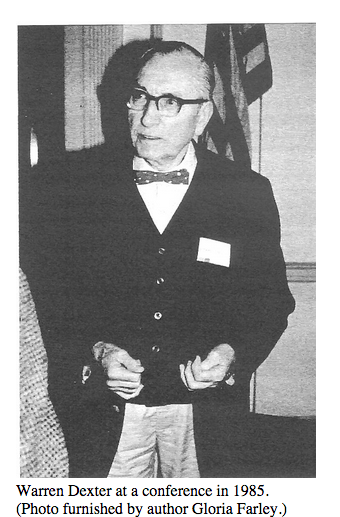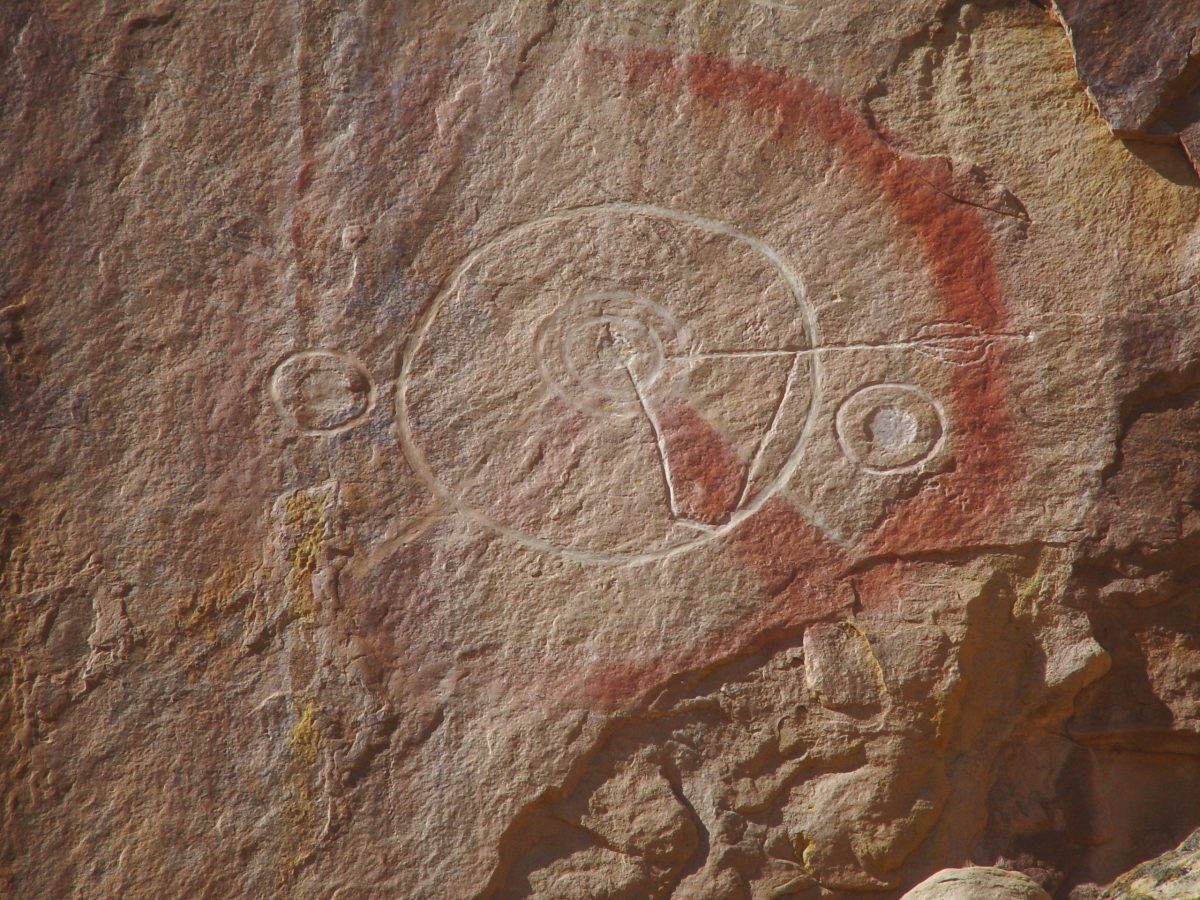Revised and Updated: By Alan P. Garfinkel, Ph.D. December 2014 Originally published in: North American Archaeologist, Spring 2007 Edition Alan P. Garfinkel, Ph.D. Principal Archaeologist UltraSystems Environmental agarfinkel@ultrasystems.com avram1952@yahoo.com Founder and Director California Rock Art Foundation http://www.californiarockart.org http://www.dralangarfinkel.com ABSTRACT One of the more spectacular expressions of prehistoric rock art in Read More
By Carl Bjork At a crime scene, the investigator will always ask the question, “who” perpetrated the offense. And, to answer the question you must discover the “why.” What is the motivation; is it cultural or survival, or perhaps the dictates of the mores of the people? When we discover a crime scene; is there Read More

By, Carl Bjork http://home.comcast.net/~carlbjork/ Morning – Were the people who carved the rocks in southwest Nevada the Children of Ammon or the Moab people? Here is something to play with, no doubt way out on this line of thought. But it is worth the consideration. Ever hear of the People of Moqui; the Pueblo Read More

by Carl A. Bjork. Originally published in Ancient American Magazine Issue #45 Southern California’s “Painted Rock” is among the relatively few surviving examples of ancient pictoglyphs created by the Chumash people before their extinction through contact with diseases contracted in the early 17th Century. Respected even by the rapacious Spaniards as “civilized Indians,” Read More

by Warren W. Dexter, FES, DFFMES, Elkhart, Indiana Originally published in The Midwestern Epigraphic Journal, Volume 17, Number 1, 2003 HODO or DOLMEN Just west of the WRITING ON STONE PROVINCIAL PARK in southern Alberta, Canada is located a wonderfully positioned DOLMEN appearing like a lighthouse that can be observed for miles. It Read More

by, Warren W. Dexter Originally published in Ancient American Magazine – Issue #54. An unusual site is located just West of Writing on Stone Provencal Park, in Alberta. There, the Milk River starts at the eastern edge of Glacier National Park, in Montana, then flows north across the Canadian border, traveling parallel Read More

home.comcast.net/~carlbjork By Carl A. Bjork If we are to debate or discuss, or to develop a general theory about the symbols and possible semiotic relationships found at rock art sites, we must delineate and set boundaries on the definition or meaning of rock-art. I will use “rock art” to describe what is Read More

Winnemucca Petroglyph Site in Nevada may date to as early as 14,800 years ago

